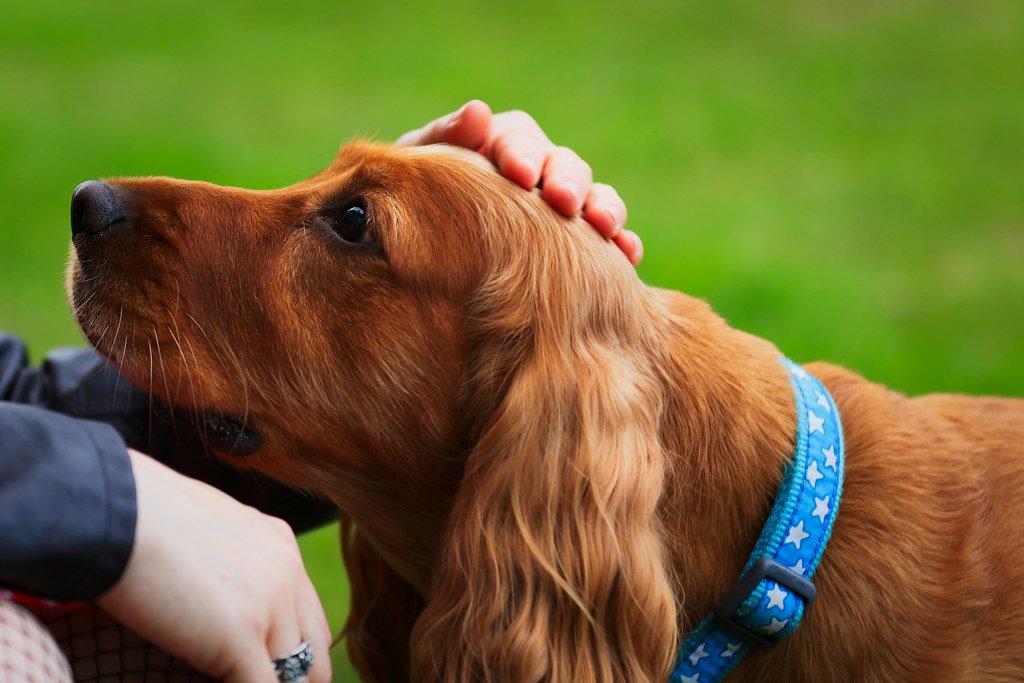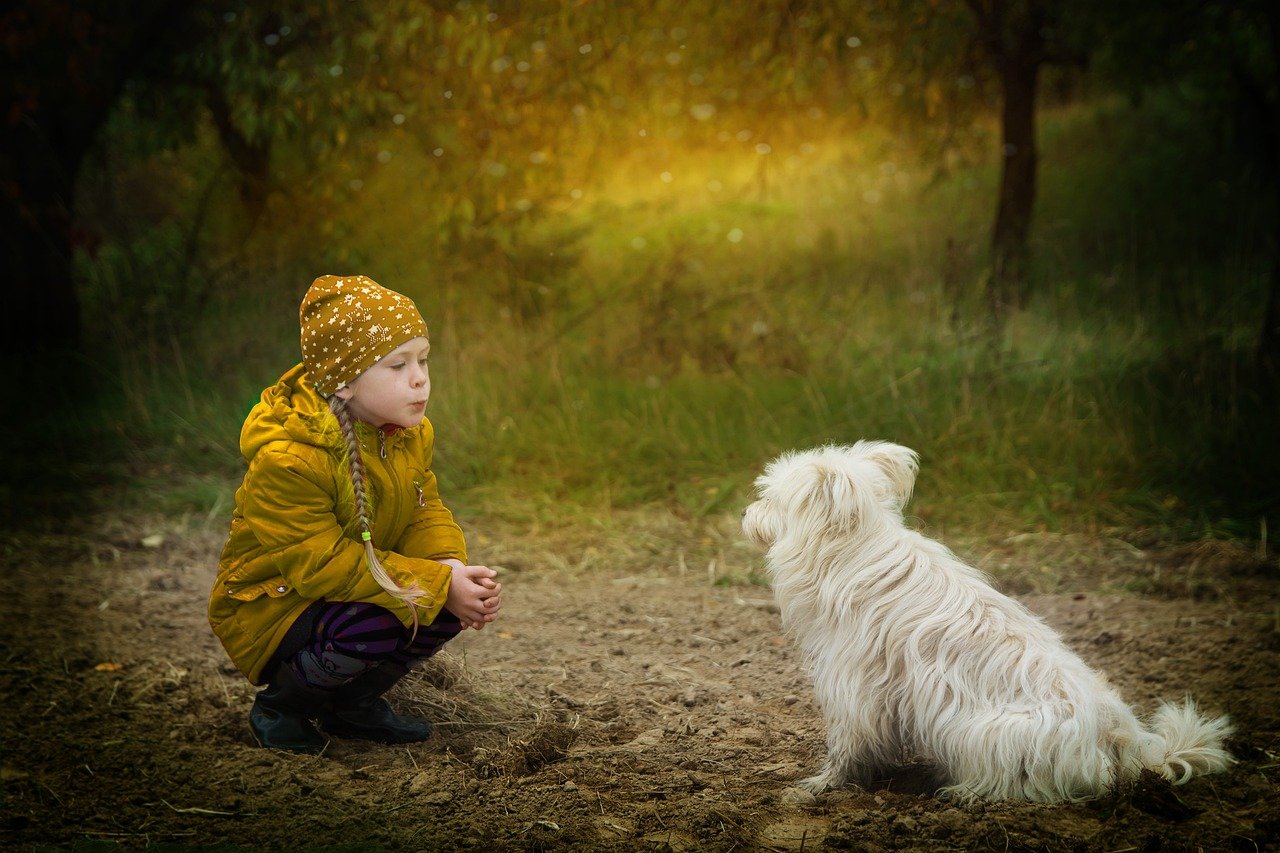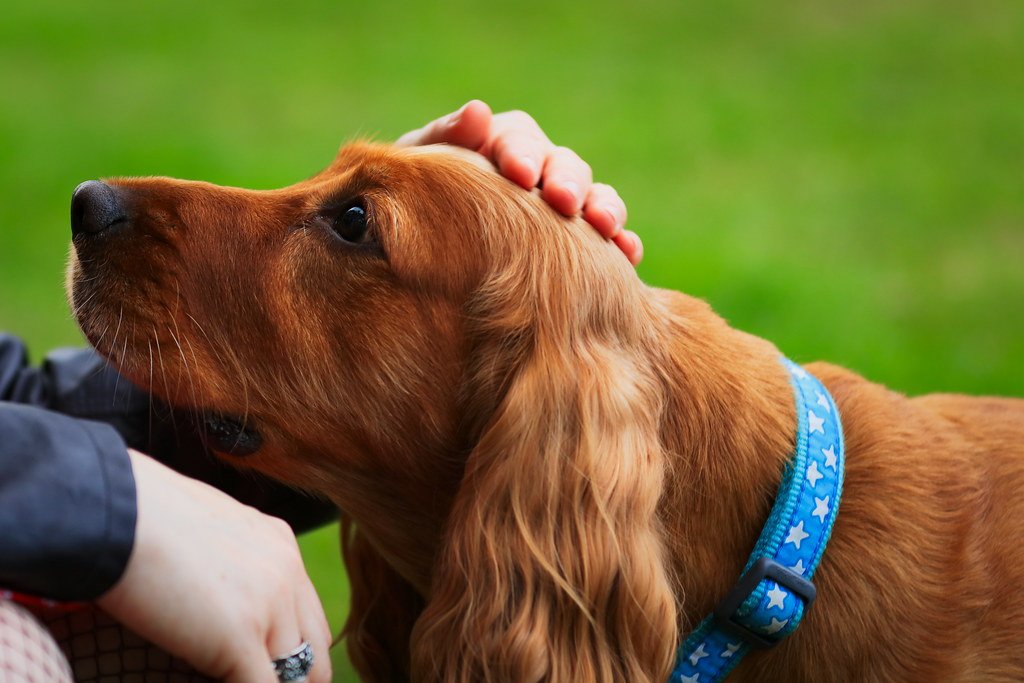Have you ever found yourself standing in the park, calling your dog’s name, only to have them pretend you don’t exist unless you’re holding a treat? It’s a feeling many dog parents know too well—equal parts hilarious and frustrating. If you’ve ever wondered whether your dog’s listening skills are tied to what’s in your pocket, you’re not alone. Here’s the good news: with the right approach, you can inspire your pup to listen to you—even when your hands are empty. Let’s dive into some real-life, practical tips that’ll help both you and your dog feel more connected and understood.
Understanding Why Dogs Tune Us Out
Dogs aren’t ignoring us because they’re stubborn or naughty. Most often, it’s confusion or distraction. Think about how many sounds, smells, and movements fill your dog’s world—it’s sensory overload! Sometimes, we expect them to understand our words, but we forget their brains are wired differently than ours.
To bridge this gap, it helps to see things from your dog’s perspective. They respond to consistency and clear signals. If your cues change or you sound unsure, your dog might just get confused. So, it’s not about your dog being “bad”—it’s about making communication clear and rewarding beyond the lure of snacks.
The Power of Consistent Cues (And Why It Matters)

Imagine if your boss asked you to “sit” one day and “park it” the next—you’d be lost, right? Dogs thrive when cues are consistent. Using the same word, tone, and gesture every single time helps your dog make the connection between your request and their action.
Consistency isn’t just about words—it’s your body language, too. Dogs are masters at reading subtle signals. Stand tall, keep your hand gestures simple, and avoid mixed messages. When your signals match your words, your dog feels more secure—and more likely to tune in to you.
Building Trust Beyond Treats

A strong bond is the ultimate motivator. If your dog trusts and enjoys being with you, they’ll want to listen—treat or no treat. Build trust by keeping your promises: if you call them, don’t scold them when they come; if you ask for a behavior, reward with praise or play, not just snacks.
Try making training time feel like quality time, not just a “test.” Use your dog’s favorite toy, a gentle scratch behind the ears, or a happy voice as a reward. Dogs crave positive attention from their people, so let them know you’re proud of them—even for small wins.
Using Play and Praise: The Other Rewards

Treats are great, but they’re not the only way to make your dog’s tail wag. Some dogs light up at the sight of a squeaky toy or a game of tug. Others melt when you shower them with excited praise or a belly rub. Learn what truly excites your pup—every dog is different!
Mix things up during your training sessions. Sometimes toss a ball, sometimes offer enthusiastic claps and “good dog!” Make sure your praise feels genuine—dogs can tell when you’re faking it! This keeps your dog guessing and engaged, eager to listen just to see what fun comes next.
Reading Your Dog’s Body Language
Dogs speak volumes with their bodies. A wagging tail, perked ears, or a soft gaze means your dog is tuned in and ready to listen. On the other hand, yawning, turning away, or sniffing the ground might mean they’re overwhelmed or distracted.
Pay close attention to these signals, especially if your dog seems to “zone out.” If they’re stressed, take a break or move to a quieter spot. If they’re relaxed, that’s your golden moment to practice commands. Matching your timing to your dog’s mood boosts your success—and keeps things fun for both of you.
Setting Up for Success: Environment Matters
Trying to get your dog’s attention in the middle of a squirrel chase is like trying to have a deep conversation at a rock concert. Start your training in calm, familiar places with few distractions. Once your dog is nailing the basics, slowly add in more challenges, like practicing in the backyard or on a quiet walk.
If your dog gets distracted, don’t get frustrated—just dial things back. It’s completely normal for them to lose focus when the world is exciting. Patience and a sense of humor go a long way here. Celebrate the little victories, and remember: even small steps forward are progress.
Mistakes Happen: Handling Setbacks with Compassion

Every dog (and every human!) has off days. Maybe your dog ignores your cue, or bolts after a butterfly instead of coming when called. Instead of scolding, take a deep breath. Punishment can damage trust and make your dog less likely to listen next time.
Focus on what you want your dog to do, not what you don’t want. If they blow off a command, gently guide them back and reward any effort to engage with you. Keeping things positive, even when mistakes happen, helps your dog learn faster—and keeps your relationship strong.
Creating Lasting Habits for Lifelong Listening
Practice a little bit, every day. Five minutes here and there is all it takes to reinforce good habits. Don’t wait for formal “training time”—ask for a sit before dinner, a down before leash walks, or a stay while you put on your shoes. Everyday moments are golden opportunities.
Mix up your rewards and keep things unpredictable. Sometimes give a treat, sometimes offer a favorite toy, and sometimes just break out into a goofy happy dance. When listening is always exciting, your dog will be eager to hear what you have to say, treats or not.






